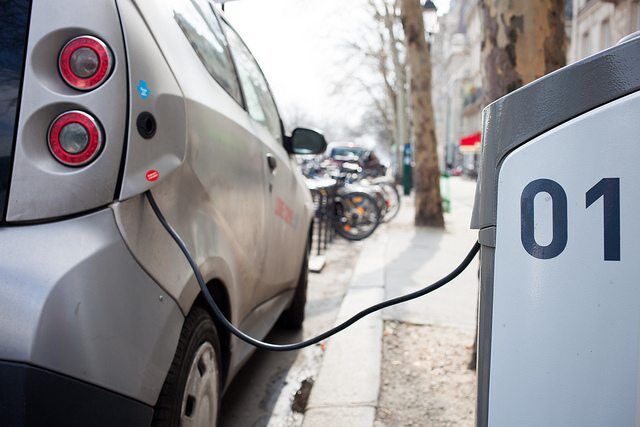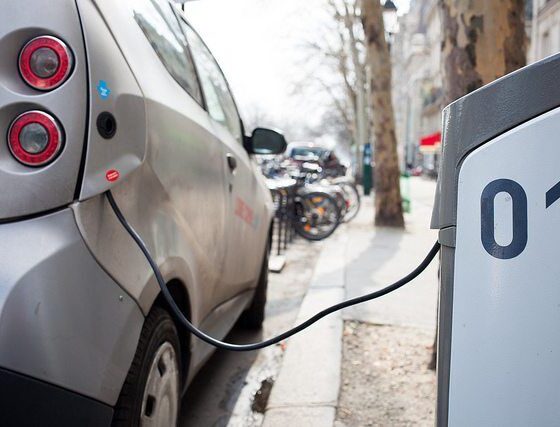

Energy
Innovative Electric Vehicle Charging Facility Opens In Norway
Fortum Charge & Drive is creating a state-of-the-art EV charging station in the Vulkan parking garage in Central Oslo.
Charge & Drive is installing a battery reserve that will balance power loads in order to avoid putting strain on the power grid during times of high usage. There will be over 100 charging stations available for customers.
The solution makes it possible for parking garages and residential parking facilities, among others, to set up large EV charging facilities without having to make expensive and time-consuming upgrades to the power grid. The batteries mitigate the need for supplemental power from the grid during periods of high usage, such as when many EVs charge at the same time.
“The batteries in this installation are slowly charging up all the time; during times of high loads, the batteries will charge the cars. We believe this is one of the most innovative charging facilities in the world,” says Jan Haugen Ihle, Country Manager of Fortum Charge & Drive Norway.
Fortum will help Oslo reach its climate goals
The new charging facility is being built in cooperation with property owner Aspelin Ramm Eiendom AS and the city of Oslo. The facility will help Oslo reach its ambitious climate goals, which include cutting greenhouse gas emissions by 50% by 2020 and 95% by 2030, compared to 1990 levels.
“This charging facility will boost the use of electric cars for taxis, goods distribution, and service companies,” says Sture Portvik, responsible for electric cars at the Municipality of Oslo.
Further development during 2017
The charging facility at Vulkan is planned to be opened in December 2016 and will continue to be developed during the first half of 2017. Some of the integrated features include:
• 100 flexible semi-fast charging stations (22 kW) in addition to two fast-charging stations with support for both the CHAdeMO and CCS standard (50 kW, prepared to handle 150 kW at a later time)
• A unique battery solution to balance the phase distortions and reduce peaks in the power grid. This means EVs get more power at every single charge point
• An energy efficient building – power control is used to give more power to charging EVs
• Use of a display or an app to select charging speed
• Possibility to reserve charging spots via an app
• Power balancing with battery storage
• The installation is prepared for “vehicle to grid,” meaning that power can be transferred both to and from the batteries of the charging cars. This way, the batteries of the cars can also be used to balance the system in the future.


 Environment10 months ago
Environment10 months agoAre Polymer Banknotes: an Eco-Friendly Trend or a Groundswell?

 Environment11 months ago
Environment11 months agoEco-Friendly Home Improvements: Top 7 Upgrades for 2025

 Features9 months ago
Features9 months agoEco-Friendly Cryptocurrencies: Sustainable Investment Choices

 Features10 months ago
Features10 months agoEco-Friendly Crypto Traders Must Find the Right Exchange




























